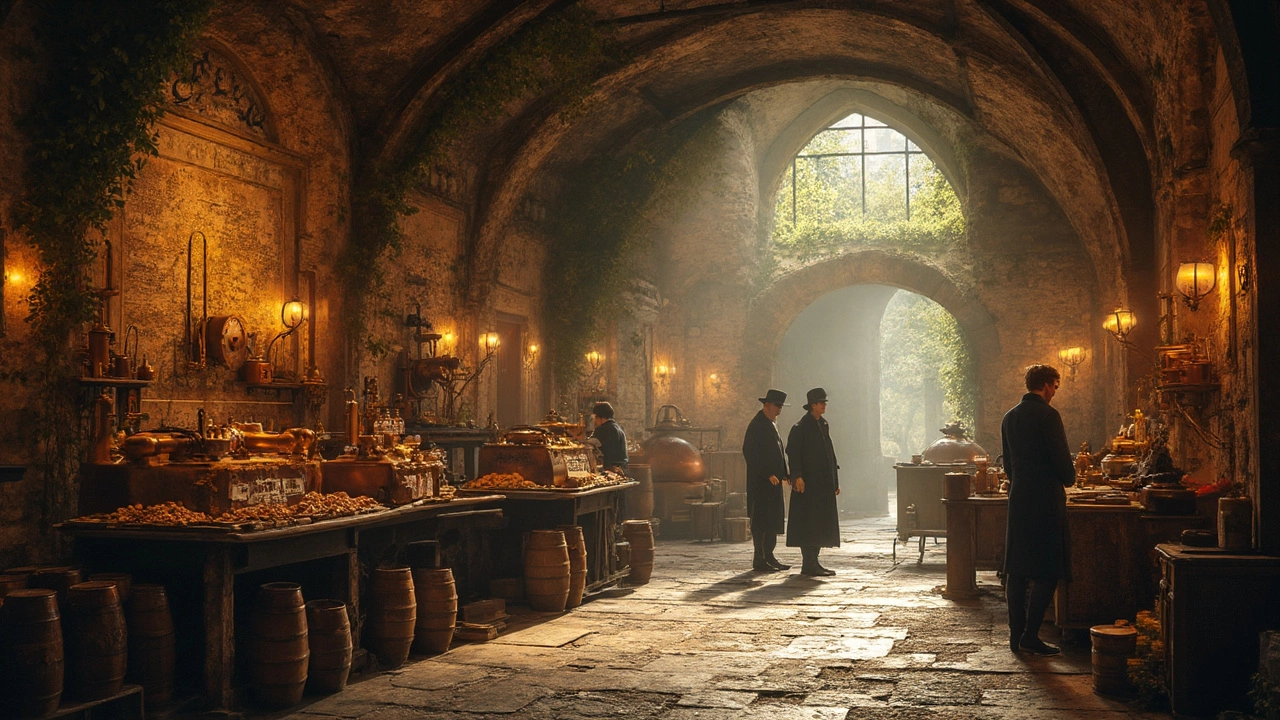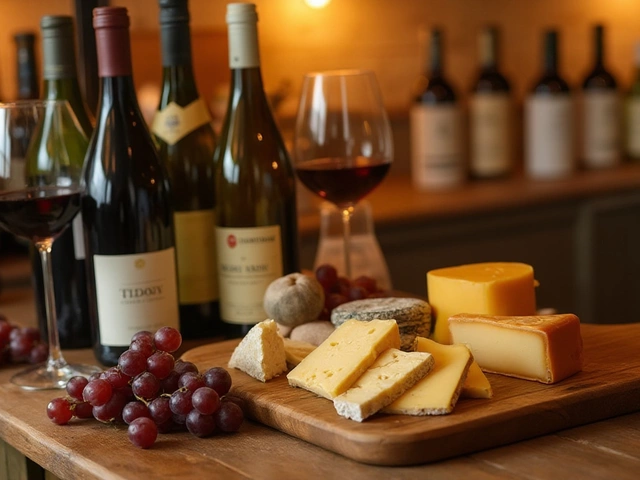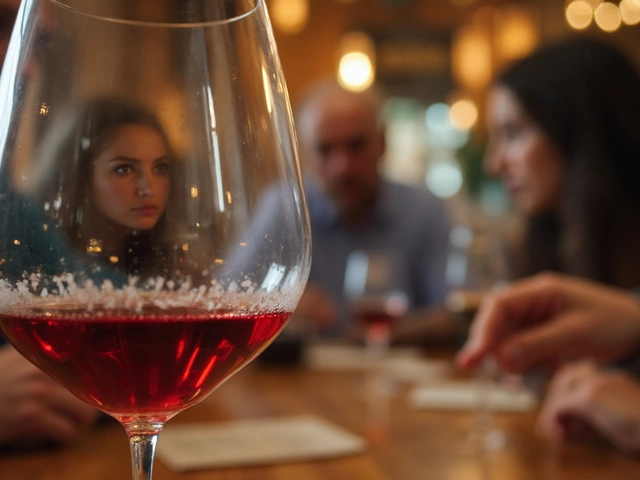Distillery History: From Ancient Alchemy to Modern Craft
Ever wonder how the drink in your glass got there? The story starts thousands of years ago, when curious humans first heated fermented mash to pull out stronger alcohol. Those early experiments gave us the first distilled spirits – think of them as the grand‑parents of whisky, gin, and vodka.
Early Beginnings: The First Distilled Alcohol
Archaeologists have found evidence of distillation in ancient Mesopotamia and Egypt. The technique was originally used for medicine and perfume, not partying. By the 8th century, Muslim scholars like Al‑Kindi refined the process, creating a clear, potent liquid they called "al‑kohl." When the knowledge traveled west, monks in Europe began tweaking the method to make stronger wine, which eventually turned into the first whisky‑like drinks.
One of the oldest recorded spirits is arak from the Middle East, dating back to the 9th century. Its smoky, anise‑flavored profile shows how early distillers experimented with local botanicals to add character.
Whisky, Gin, and the Rise of the Distillery
Whisky really took off in Scotland and Ireland during the 15th‑16th centuries. Small farm‑based distilleries turned grain mash into a golden liquid that could be stored for months. The result was a portable, high‑energy drink that survived harsh winters. By the 1800s, the Industrial Revolution brought steam power, copper stills, and bigger vats, turning distilling into a big business.
Gin, on the other hand, has a more urban story. Dutch doctors invented it in the 17th century as a medicinal tonic called "jenever." When the spirit arrived in England, it became the cheap, juniper‑flavored favorite of the working class, sparking the infamous "Gin Craze" of the 1700s. Government taxes and regulations eventually refined the gin recipe, giving us the smoother, botanical‑rich versions we sip today.
Both whisky and gin benefited from the invention of the column still in the late 1800s. This design allowed for continuous distillation, boosting efficiency and purity. Brands like Johnnie Walker and Bombay Sapphire still point to that breakthrough when telling their heritage stories.
Modern Craft Revival
Fast forward to the 2000s, and you’ll see a new wave of tiny distilleries popping up in basements, garages, and renovated warehouses. These craft operators love the old‑school vibe: copper pot stills, local grains, and unique botanicals. They also care about transparency – you can often tour the still, watch the mash boil, and taste the spirit before it hits the shelf.
What makes craft distilleries special isn’t just size. It’s the willingness to experiment – think smoked barley whisky, citrus‑burst gin, or honey‑infused vodka. This spirit of innovation keeps the distillery history alive, adding fresh chapters to a story that started with a heated pot over a fire.
So, whether you’re sipping a centuries‑old Scotch or a brand‑new gin from a local distillery, you’re tasting a piece of history. Each bottle carries the knowledge of ancient alchemists, the grit of industrial pioneers, and the creativity of today’s craft makers. Next time you raise a glass, remember the journey it took – from humble mash to the moment it lands in your hand.
Step back in time and explore the fascinating world of gin at the oldest distillery on the planet. This article unveils which gin distillery holds the title of being the oldest and shares intriguing insights about its history and operations. Find out where it is, what makes it unique, and how you can visit and experience its rich stories firsthand. Whether you're a gin aficionado or just curious about its storied past, this journey will enlighten and inspire your taste buds.
View Details

